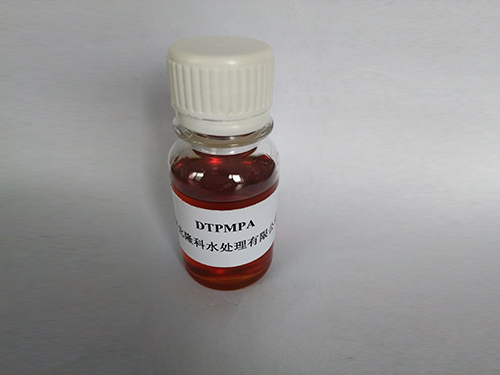poly aluminium chloride uses in water treatment
Poly Aluminium Chloride Uses in Water Treatment
Water is one of the most essential resources for life, and its quality directly affects health and environmental sustainability. As populations grow and industrialization accelerates, the demand for clean water increases, leading to significant investment in water treatment technologies. Among various chemical coagulants used in water treatment, Poly Aluminium Chloride (PAC) has found a prominent place due to its effectiveness and efficiency.
What is Poly Aluminium Chloride?
Poly Aluminium Chloride is a water-soluble inorganic polymer that serves primarily as a coagulant. It is produced by the hydrolysis of aluminium salts, leading to the formation of a range of aluminium hydroxides in solutions. PAC is available in several forms, including liquid solutions and powdered solids, and is typically yellowish to white in color. Its chemical structure includes multiple aluminum ions, which enhance its ability to bind with impurities in water.
How Does PAC Work in Water Treatment?
The primary role of PAC in water treatment is coagulation, a process where tiny particles in the water aggregate to form larger clusters, or flocs. In the presence of PAC, charged particles in water are neutralized, allowing them to clump together. As these clusters grow larger and heavier, they can then be removed from the water through sedimentation or filtration. The ability of PAC to function across a broad pH range enhances its versatility, making it effective in diverse water conditions.
Advantages of Using PAC
1. Improved Removal of Turbidity and Color PAC is particularly effective in removing turbidity and color from water. Its high charge density allows it to destabilize fine suspended particles and organic matter, leading to improved clarity of treated water.
2. Lower Dosage Requirements Compared to traditional coagulants like alum, PAC often requires a lower dosage to achieve similar or improved results. This not only reduces the cost associated with chemical procurement but also minimizes sludge production, making downstream processing easier.
3. Higher Settling Rates The larger flocs formed by PAC can settle more quickly, enhancing the sedimentation process in water treatment facilities. This translates into shorter treatment cycles and increased efficiency.
poly aluminium chloride uses in water treatment

4. Enhanced Performance in Different pH Levels PAC performs well across various pH levels, which allows water treatment plants to maintain more consistent performance. This adaptability is particularly valuable in areas where water chemistry fluctuates.
5. Reduced pH Adjustment Needs The use of PAC can often reduce the need for further pH adjustment of treated water, which can translate to savings in both chemicals and operational costs.
Applications in Water Treatment
Poly Aluminium Chloride is utilized in a myriad of applications within the water treatment process
- Drinking Water Treatment PAC is widely used in municipal drinking water treatment plants due to its effectiveness in removing contaminants, ensuring that the water meets safety standards.
- Wastewater Treatment In wastewater treatment, PAC aids in the removal of suspended solids, heavy metals, and bacteria, making it a crucial component in the purification process.
- Industrial Water Treatment Many industries, including paper manufacturing, oil refining, and textile production, employ PAC to treat process water and achieve required effluent quality before discharge.
- Swimming Pool Water Treatment PAC is also utilized for maintaining water quality in swimming pools, where clarity and hygiene are paramount.
Conclusion
The increasing demand for clean water and effective wastewater management has propelled the role of coagulants like Poly Aluminium Chloride in water treatment. Its numerous advantages—ranging from enhanced removal of impurities to lower operational costs—highlight its significance in maintaining water quality. As environmental regulations become more stringent and the need for sustainable water practices escalates, substances like PAC will undoubtedly play a vital role in shaping the future of water treatment technologies. By using innovative materials like Poly Aluminium Chloride, we are taking essential steps toward ensuring that clean water remains accessible for generations to come.
-
Water Treatment with Flocculant Water TreatmentNewsJun.12,2025
-
Polymaleic AnhydrideNewsJun.12,2025
-
Polyaspartic AcidNewsJun.12,2025
-
Enhance Industrial Processes with IsothiazolinonesNewsJun.12,2025
-
Enhance Industrial Processes with PBTCA SolutionsNewsJun.12,2025
-
Dodecyldimethylbenzylammonium Chloride SolutionsNewsJun.12,2025





